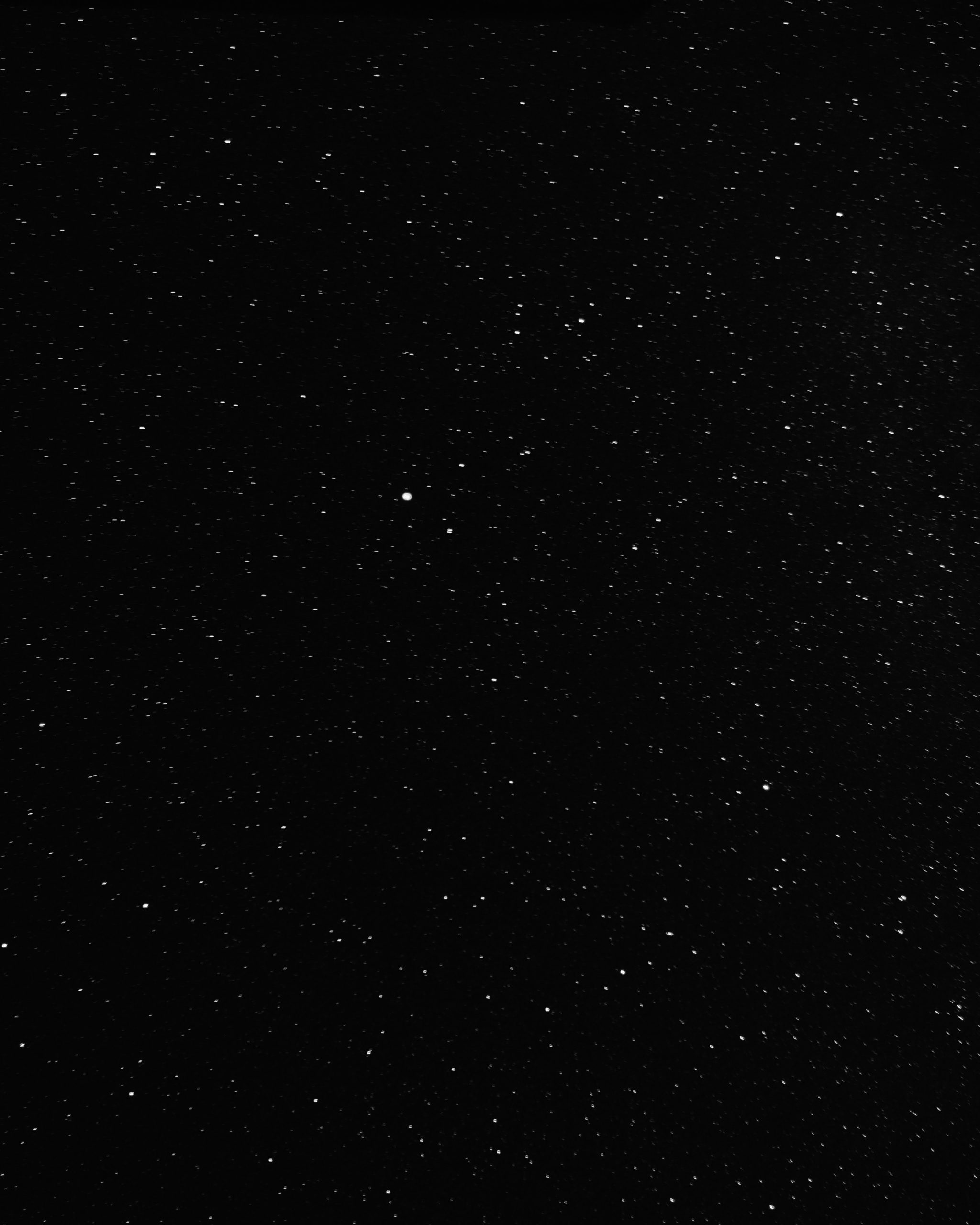New Moon Myths: Unveiling the Mysteries of the Lunar Cycle
The moon has captivated humanity for thousands of years. With its mysterious glow and ever-changing appearance, it has been the subject of myths, folklore, and superstitions across cultures. Of all its phases, the new moon has inspired some of the most intriguing tales and beliefs. In this blog post, we will delve into the myths surrounding the new moon and explore the cultural significance and scientific realities behind these ancient stories.
Understanding the New Moon Phase
Before we dive into the myths, it’s crucial to understand the new moon phase itself. The lunar cycle consists of eight distinct phases, with the new moon being the first. It occurs when the moon is positioned between the Earth and the sun, causing its illuminated side to face away from us. As a result, the moon appears completely dark, often referred to as the “dark moon.”
The new moon marks the beginning of the lunar month and lasts for approximately three days. It symbolizes the start of a new cycle, representing renewal, introspection, and potential. Throughout history, this phase has been associated with various myths and cultural beliefs that continue to influence our perceptions even to this day.
New Moon Myths Around the World
1. The Moon Goddess and Fertility
In numerous ancient cultures, the new moon was associated with the moon goddess and fertility. In Greek mythology, Selene represented the moon and was believed to renew her virginity during the new moon. Similarly, the Hindu deity, Chandra, symbolized the moon’s divine feminine energy and its connection to childbirth and nourishment.
The concept of lunar fertility extended beyond ancient mythology. Some agricultural societies believed that planting seeds during the new moon ensured a bountiful harvest. Additionally, couples trying to conceive often sought assistance from moon goddesses during this phase, believing it held the power to grant fertility.
2. The Lunar Influence on Madness
From ancient Greece to Renaissance Europe, the new moon was widely linked to madness and irrational behavior. The word “lunacy” itself is derived from “luna,” the Latin word for “moon.” Many cultures believed that mental illnesses, such as hysteria and melancholia, intensified during the dark moon phase.
Doctors and philosophers throughout history have proposed various theories to explain this perceived correlation. While there is no scientific evidence supporting a direct link between the new moon and mental health, the enduring association is a testament to the powerful hold the moon has on our collective imagination.
3. Superstitions and Rituals
The new moon has long been associated with superstitions and rituals aimed at harnessing its mystical energy. In many cultures, it was considered unlucky to start a new project or make important decisions during this phase. Instead, people would wait until the crescent moon appeared to ensure good fortune.
Rituals surrounding the new moon often included practices for manifesting desires, setting intentions, and spiritual cleansing. From lighting candles to performing sacred ceremonies, individuals would take advantage of the energy of the new moon to bring positive change into their lives.
The Scientific Reality Behind the Myths
While new moon myths are rich in cultural significance and symbolism, what do modern scientific findings say about this lunar phase?
Contrary to the belief that the new moon causes madness, studies have failed to establish a definitive correlation between the moon phase and human behavior. Similarly, claims of the new moon affecting fertility or agricultural outcomes lack empirical evidence.
However, the new moon does have a significant impact on Earth’s oceans through tidal forces. During this phase, the gravitational pull exerted by the sun and moon aligns, causing higher high tides and lower low tides, known as spring tides. These phenomena are more pronounced during the new and full moon phases as compared to the other lunar phases.
Additionally, modern astronomy allows us to predict the precise timing of the new moon and other lunar phases with great accuracy. Scientists and astronomers rely on these calculations to plan space missions, astronomical observations, and even religious holidays tied to the lunar calendar.
In Conclusion
Although the myths surrounding the new moon may not align with scientific realities, they provide us with valuable insights into the varied beliefs, rituals, and superstitions that have shaped human cultures throughout history.
The new moon’s significance lies not only in the mysteries it continues to evoke but also in the human desire to find meaning in the natural world. Whether as a symbol of fertility, a harbinger of madness, or a time for spiritual reflection, the new moon remains an enchanting celestial phenomenon that connects us to our ancestors and the timeless wonder of the night sky.
Table of Contents
